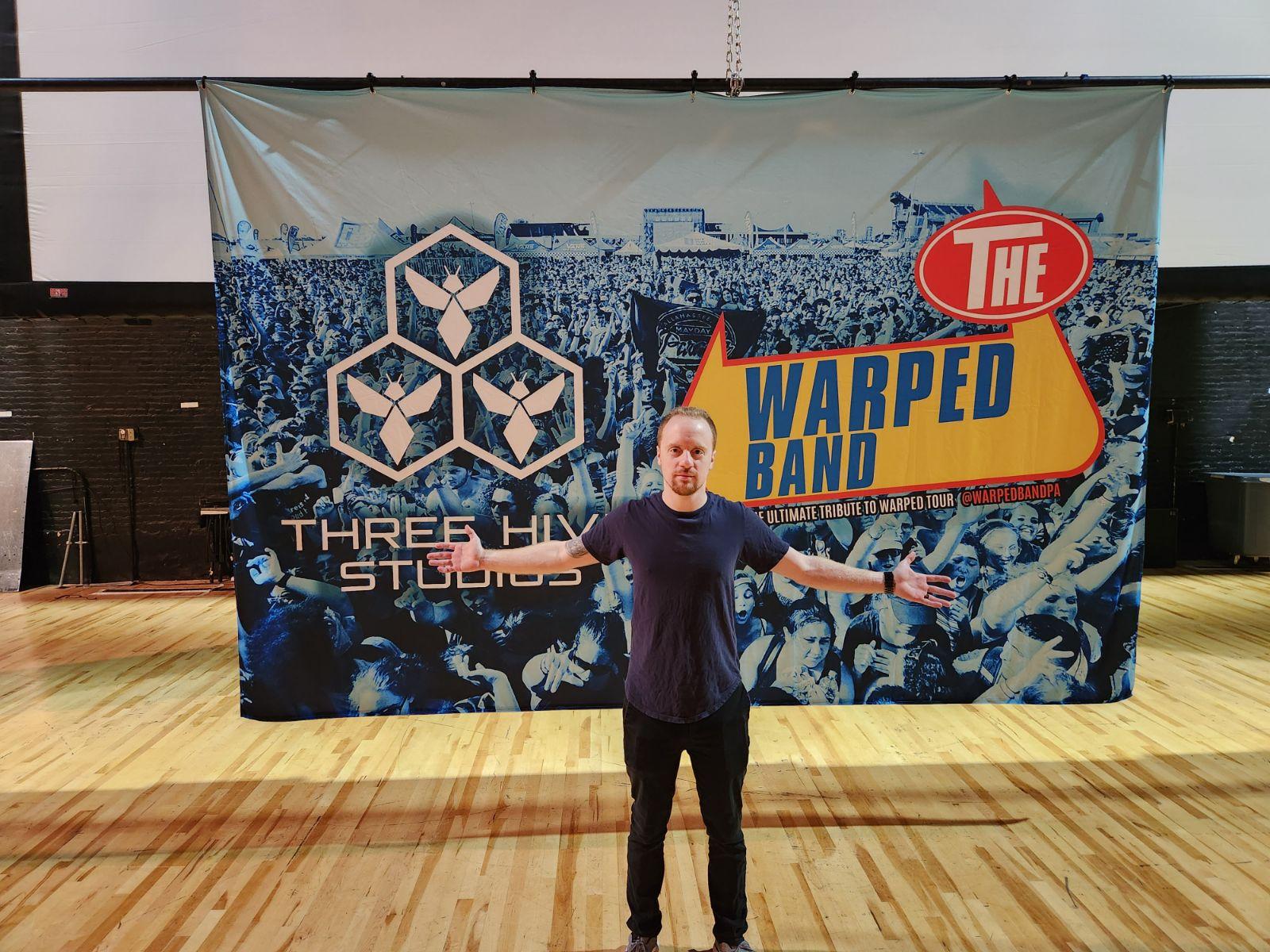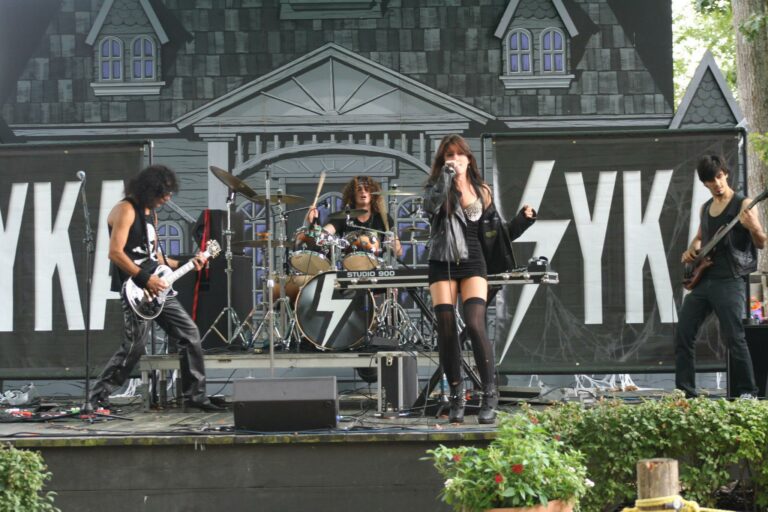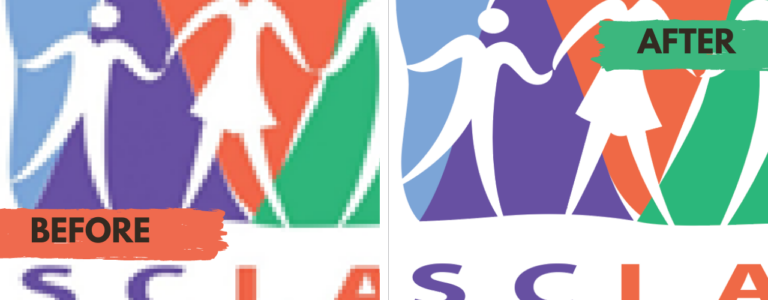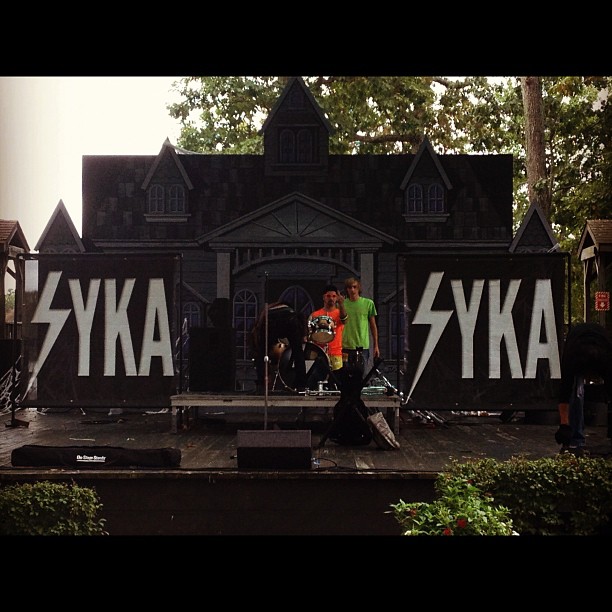How Much Does It Cost To Vectorize An Image?
For branding and large-format printing, such as building advertisements or banners at events – people often choose to utilize vector images. The reason is because vector art’s precision and clarity make it ideal for branding, where logos need to be consistently clear across various sizes and materials.
But what exactly does it mean to vectorize an image, and how much does it cost? In basic terms, vectoring an image is a technique for resizing an image, and the cost depends on a number of factors.
What Is Vector Art?
Vector art is a form of digital graphic design that is known for its unique composition and adaptability. It is built on paths rather than pixels, which are defined by mathematical formulas – consisting of various points, curves, and angles.
This design structure allows for the following:
- Scalability: Vector images can be resized to any extent without losing quality, making them perfect for both small and large-scale applications.
- Clarity: Whether on a small phone screen or a large billboard, vectors maintain crisp, clean lines and colors.
- Data Efficiency: Vector files are often smaller than high-resolution raster images because they contain data about paths and properties, not individual pixels.
Vector art is extensively used in fields ranging from simple iconography to complex illustrations and typography. Thanks to their manipulability and quality retention, vector art’s versatility is extremely useful.
Vector Art Cost Range
For simple designs, the prices usually start at around $30 or $40. This is typical for straightforward logos or icons without much detail or color variation.
Meanwhile, more complex designs can cost more, sometimes by several hundred dollars, depending on the variables mentioned below.
Vector vs. Raster
Understanding the difference between vector and raster images is important to know what to use for specific graphic design. The differences have significant implications.
| Vector Images | Raster Images | |
| Composition | Made of paths defined by mathematical equations. Paths consist of points, curves, and angles. | Composed of pixels (small colored blocks). |
| Scalability | Can be scaled infinitely without losing quality. Ideal for resizing to any dimension. | Quality deteriorates when scaled up, becomes pixelated or blurry. |
| Quality | Maintain high quality and clarity at any size. | Quality is dependent on the resolution. Higher resolution means better quality but larger file size. |
| File Size | Often smaller, especially for large images, due to the use of paths rather than individual pixels. | Can be quite large, especially for high-resolution images, as each pixel contains color information. |
| Editing | Easy to manipulate. Changes can be made to paths without affecting overall quality. | More challenging to edit without affecting pixel quality. |
| Best Uses | Ideal for logos, typography, and simple illustrations where crisp lines and scalability are important. | Preferred for detailed, complex images like photographs where color variations and details are essential. |
| File Formats | Common formats include SVG, EPS, AI, PDF. | Common formats include JPEG, PNG, BMP, TIFF. |
Vector Art Cost Factors
When it comes to vectorizing an image, the cost varies significantly based on several key factors.
Complexity of the Image
Simple images with fewer details, like basic logos or icons, are less expensive to vectorize. These require less time and fewer resources. Complex images with intricate details, gradients, or numerous colors require more effort.
Quality of the Original Image
High-quality, clear original images are easier and cheaper to vectorize. Less time is spent on interpreting and redrawing blurred or pixelated areas. Low-quality, blurry, or highly pixelated images require more extensive redrawing and adjustments.
Urgency of the Project
Standard turnaround times are typically more affordable. Rush jobs that require quick delivery often come with a premium due to the extra resources needed to meet the deadline.
What Is Fractalization in Vectorizing Images?
Fractalization is an innovative technique used in the process of vectorizing images, especially when dealing with resizing challenges. It involves segmenting the image into smaller, more manageable fragments. The breakdown allows for a detailed focus on each part of the image.
Once segmented, these smaller pieces are then used to recreate a larger version of the original image. This step-by-step enlargement helps in maintaining clarity and detail that often gets lost in standard resizing methods.
Fractalization is particularly beneficial for producing large-format outputs like banners or posters. While it’s not a flawless technique, fractalization can significantly enhance the visual quality of an image when enlarged.
Understanding the Benefits of Vector Images
Vectorizing an image can greatly enhance its versatility and quality, especially for large-scale printing. The cost, however, varies widely based on the complexity of the image and the amount of work required. Simple designs can be vectorized at a relatively low cost, while more complex images cost more.
Want to know how much to print your image? Contact NorthCoast Banners for a quote!








